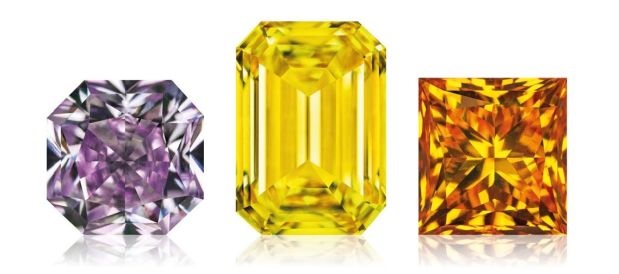| The Fairy-tale like History of our Company in the Fancy ABCs |
 |
| In this Edition: |
 |
|
|
|
Dear Customers and Friends of our Natural Fancy Coloured Diamonds,
We are happy to inform you that after more than a year we were finally able to travel to Antwerp again and enrich our stock with new gems.
It was so nice to see all our suppliers and acquaintances again, share new ideas, and hear about how they’d spent the last year.
Be sure to take a look at the end of this Newsletter where you will find some of our newly acquired treasures.
|
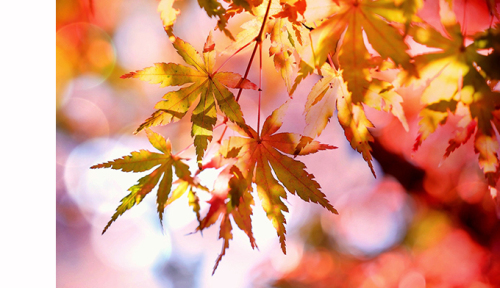 |
We also hope that we will be able to welcome you in person again this coming year at INHORGENTA MUNICH 2022!
Our Fancy ABCs continues - learn about our company’s fairy-tale like history.
An era comes to an end - follow the final "Argyle Pink Diamond Tender" with us.
Your teams from Kulsen & Hennig GbR and Dominik Kulsen AG
Juliane Hennig
|
|
Once upon a time, there was a young and big-hearted Swiss college student who worked as a ski instructor during the winter semester breaks:
 |
That young man, who could be found skiing the Swiss Alps in the early 90s, was named Dominik Kulsen. As a motivated ski instructor for guests from all over the world, his plan was to earn enough money with this job to support himself during his sociology and economics studies. But as is often the case in life, everything turned out differently.
So, while he was hitting the slopes with all kinds of different people and enjoying the après-ski atmosphere with the other tired snow enthusiasts under the starry sky in the evenings, he got to know interesting personalities from the diamond industry. |
Impressed by his youthful commitment and cosmopolitan attitude, they took him under their wing. He was introduced to the previously unknown and equally fascinating world of diamonds.
Spurred on by his newly discovered passion, he founded his own company, Dominik Kulsen AG, in Switzerland in the early 1990s, specialising in Natural Fancy Coloured Diamonds. And, of course, the company has continued to prosper ever since.
 |
But that was not the end of this fairy tale story!
At the end of the 90s, he met and fell in love with Swiss teacher, Juliane Hennig. Together, they decided to found the company Kulsen & Hennig GbR in Berlin, to be able to supply the European area with exclusive Natural Fancy Coloured Diamonds from there |
And if things keep going as they are, Dominik and Juliane will continue supplying exclusive Natural Fancy Coloured Diamonds to their customers for a long time to come.
|
|
L - Loupe - Magnifying Glass
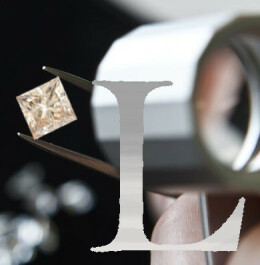 |
A loupe is one of the most important tools to have when dealing with diamonds. The evaluation of any diamond is based on 10x magnification. The right lighting will provide contrast and is very helpful.
To "magnify" properly, clamp the diamond by the girdle with a pair of pointed tweezers. Remember to have a good light source to create contrast and place your elbows on a table for stability while focusing. |
| Hold the small magnifying glass (or loupe) directly in front of your eyes and place the diamond at a distance of two to three centimetres directly in front of the lens. As a rule, you should keep both eyes open while magnifying. This way you can also look into the depth of the stone. One hand, placed directly against your cheek, should hold the loupe, while the other hand holds the diamond and touches the first hand to prevent any blurring when focusing. |
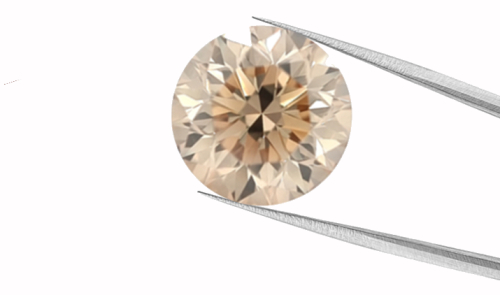 |
And what does "loupe clean" actually mean? Loupe clean means 'flawless or perfect'. In the case of diamonds, this means that with a diamond loupe under tenfold magnification, no impurities, or inclusions, nature's so-called fingerprints, can be seen in the stone. As almost all diamonds show inclusions, there are only a few that can be described as flawless, making them particularly valuable.
In the case of flawless diamonds, a distinction is made between diamonds with the designation "Flawless" (FL) and diamonds with the designation "Internally Flawless" (IF). Diamonds with the IF classification are 100% flawless on the inside but have slight blemishes on the surface. Flawless diamonds are flawless both internally and externally.
The exact assessment of clarity depends on the following five factors:
Number of inclusions:
The fewer inclusions a diamond has, the higher its value.
Size of the inclusions:
The smaller the inclusions, the better a diamond's clarity is rated.
Position of the inclusions in the diamond:
For example, if the inclusions are directly under the table, instead of on the side near the girdle, they are more visible. Inclusions of this type are less favourable for the rating of clarity.
Colour of the inclusions:
The colour of inclusions sometimes determines how conspicuous they are. Black inclusions, for example, are more conspicuous than white inclusions.
Type of inclusions:
A distinction is made between internal and external impurities. Diamonds with internal inclusions cannot be called flawless under any circumstances. External features do not affect the clarity.
External features can be, for example, grinding marks, additional facets, natural crystal faces (naturals), or growth lines (graining).
Inclusions include all internal features that are partially or completely enclosed by the stone. These are, for example, crystalline inclusions, "clouds", cracks (e.g. cleavage and stress cracks), growth and twinning planes, and holes in the surface caused by polished inclusion crystals.
Example of internal features:
Some bright, "dash-like" twin lines; and to the left, two reflecting twin planes
Clarity VS2
Source: Diamanten-Fibel
Verena Pagel-Theisen G.G.F.G.A.
|
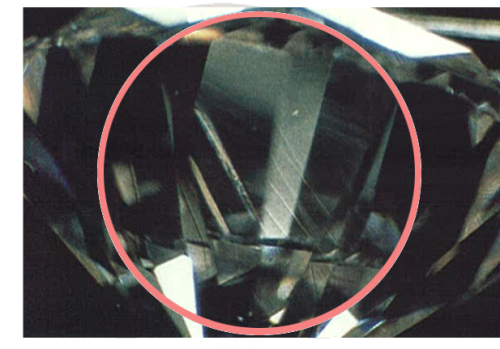 |
Note: Flawless Natural Fancy Coloured Diamonds are even rarer than flawless colourless diamonds.
|
|
 |
There are very soft minerals like talc, which can easily be scratched with a fingernail. In addition, there are minerals with medium hardness such as opal or lapis lazuli, as well as, of course, very hard minerals such as diamonds, which are the hardest of all known minerals. The reason for the different hardnesses among minerals is the structure of the crystal lattice.
The term “Mohs hardness” was named after the geologist Friedrich Mohs (1773 to 1839). Based on the scale of Mohs hardness, all minerals are divided into ten different degrees of hardness. |
The hardness of a mineral is indicated by its resistance when scratched with sharp-edged objects.
Minerals are ranked in ascending order of hardness from 1 to 10 (softest to hardest), and a given mineral on the scale will always scratch the preceding, softer mineral, but not the other way around.
This means that a diamond (Mohs hardness 10) can, for example, leave scratches on the surface of an opal (Mohs hardness 5), but an opal will not leave scratch marks on diamond crystals.
Often, imitation diamonds can be distinguished from real diamonds by the fact that their facet edges look blurred or fuzzy, and the girdle may be clearly damaged. Only the synthetic moissanite, which is often used as a diamond substitute, shows the same very sharp facet edges with a hardness of 9.25. Unlike diamonds, however, its facets show polishing stripes that all follow the same direction. Although synthetic moissanite has an even higher light refraction, it is strongly birefringent in contrast to diamonds.
Minerals of different hardnesses are classified as follows:
Hardness 1 to 2: soft (e.g. talc, silver)
Hardness 3 to 6: medium-hard (e.g. gold, turquoise, agate)
Hardness 7: hard (e.g. rock crystal, amethyst, rose quartz, tanzanite, tourmaline)
Hardness 8 to 10: very hard (minerals with gemstone hardness - e.g. beryl, emerald, ruby, diamond)
A Mohs hardness of 10 is only assigned to diamonds, the hardest mineral on earth. That is why the diamond can only be cut with the help of another diamond. However, this is only possible because the hardness of the diamond is different in different crystal directions (anisotropy). This is also used, for example, when splitting and dividing rough diamonds. If you hit a cut diamond with a very hard object at an unfavourable angle, it can break, or split. Therefore, diamond jewellery should also be worn with care in everyday life.
|
|
N - Natural Crystal Faces (Naturals)
On many cut diamonds, remains of the natural crystal surfaces of the rough diamond can be seen. Often these are not cut away, as otherwise the diamond would lose too much weight and thus be worth less.
 |
Small natural crystal faces, which mostly occur around the girdle, do not affect the clarity and, at most, might have an influence on the cut quality, but will not disturb the overall appearance and brilliance of the diamond.
Larger natural crystal faces that extend over several facets or extend into the interior of the stone, however, must be included in the clarity grading. In terms of size and visibility, they usually concern the SI clarity grade and less. |
Source: Diamanten-Fibel / Verena Pagel-Theisen G.G.F.G.A.
1. A "natural" penetrating into the interior of the stone, with strong growth characteristics (SI clarity)
2. A large, natural crystal face with trigones that have penetrated into the stone's interior (SI clarity)
|
|
The Final Argyle Pink Diamond Tender
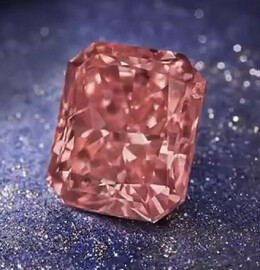 |
An era has come to an end! The famous Argyle Diamond Mine, known for its unique pink diamonds and which closed its doors forever on 03 November 2020, presented its last "Argyle Pink Diamonds Tender" this autumn, entitled "The Journey Beyond".
Since 1984, the once-a-year event, to which only selected and invited guests were admitted, has been the most anticipated and arguably the most exciting diamond sale of the year.
|
Argyle Eclipse - 3.47 ct - Fancy Intense Pink
Source: Argyle Pink Diamonds
"Over the past 38 years, Argyle pink diamonds have pushed the boundaries of rarity and appreciation to new levels", says Patrick Coppens of Rio Tinto.
With 70 diamonds and a total weight of 81.63 carats, the 2021 Argyle Pink Diamonds Tender featured a record number of diamonds larger than one carat.
The tender collection included five "Hero" diamonds, chosen for their unique beauty. Leading the Hero diamonds was the "Argyle Eclipse", a 3.47 carat radiant cut diamond. It is the largest Fancy Intense Pink colour diamond ever offered in the tender.
41 blue argyle diamonds with a total weight of 24.88 carats were also on offer. Titled "Once in a Blue Moon", these were the very last blue and violet diamonds to emerge from the Argyle mine.
The bidding for the pink Argyle diamonds in this year's collection brought in record-breaking prices for individual diamonds and for the collection as a whole. The diamonds were fiercely contested around the world in a series of virtual and in-person viewings.
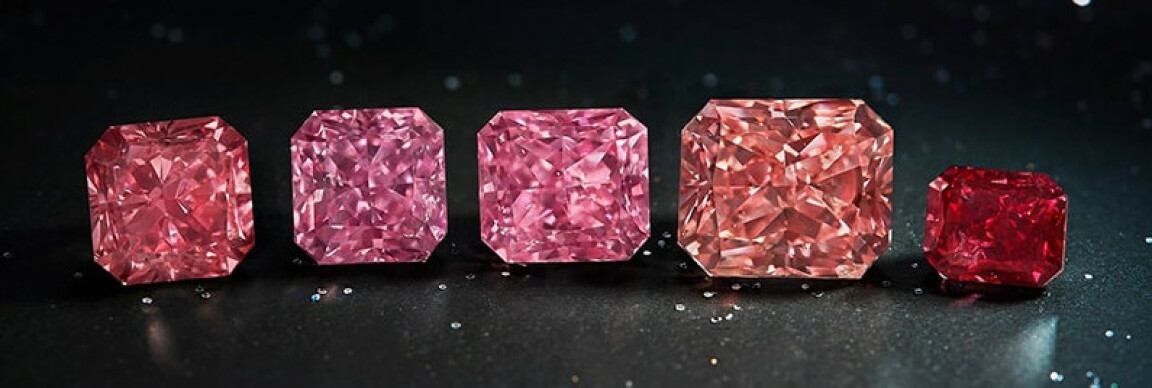
"Hero" diamonds - Source: Rio Tinto
|
|
Cushion / Pair / 0.38 ct
Fancy Pink Purple / 0.18 ct / SI2 / 3.28 x 2.93 x 2.13 mm / GIA
Fancy Purple Pink / 0.20 ct / SI1 / 3.33 x 2.98 x 2.22 mm / GIA
Radiant / Pair / 0.63 ct
Fancy Intense Green Yellow / 0.30 ct / SI1 / 3.95 x 3.66 x 2.24 mm / GIA
Fancy Intense Green Yellow / 0.33 ct / VS2 / 3.85 x 3.61 x 2.38 mm / GIA
Square (Step Cut/Cut Corner) / Pair / 1.48 ct
C3 / 0.73 ct / VVS / 4.71 x 4.69 x 3.29 mm
C3 / 0.75 ct / VS / 4.72 x 4.71 x 3.37 mm
Cushion / Pair / 2.11 ct
C4 / 1.01 ct / VS / 5.68 x 5.59 x 3.97 mm / Argyle Origin Report
C4 / 1.10 ct / VS / 5.75 x 5.72 x 4.09 mm / Argyle Origin Report
Brilliant / 0.55 ct / Fancy Deep Yellowish Orange / SI2 /
5.11 - 5.13 x 3.29 mm / GIA
Brilliant / 0.80 ct / Faint Gray / SI1 /
5.80 - 5.86 x 3.76 mm / GIA
Brilliant / 0.92 ct / Fancy Grayish Yellowish Green / SI2 /
5.96 - 6.02 x 3.94 mm / GIA / Chameleon
Brilliant / 1.02 ct / Fancy Vivid Yellow / VS1 /
6.37 - 6.39 x 4.01 mm / GIA
Marquise / 1.06 ct / C2 / VS /
10.08 x 5.56 x 3.02 mm
Cushion / 1.20 ct / Fancy Yellow / SI1 /
5.92 x 5.74 x 3.92 mm / GIA
Square (Step Cut/Cut Corner) / 1.24 ct / C4 / VVS /
5.73 x 5.72 x 3.92 mm
Emerald Cut / 1.64 ct / C3 / VVS /
7.70 x 5.65 x 4.07 mm
Princess / Pair / 2.22 ct
C3 / 1.11 ct / VS / 5.54 x 5.45 x 4.19 mm
C3 / 1.11 ct / SI / 5.51 x 5.48 x 4.15 mm
Cushion / Pair / 2.32 ct
Fancy Vivid Yellow / 1.11 ct / VS1 / 6.30 x 5.35 x 3.56 mm / GIA
Fancy Vivid Yellow / 1.21 ct / VS2 / 6.24 x 5.30 x 3.82 mm / GIA
Brilliant / Pair / 2.47 ct
C2 / 1.21 ct / VVS / 6.73 - 6.75 x 4.24 mm
C2 / 1.26 ct / VS / 6.76 - 6.78 x 4.33 mm
Brilliant / 4.04 ct / C4 / VVS /
9.90 - 9.96 x 6.55 mm
|
|
|
